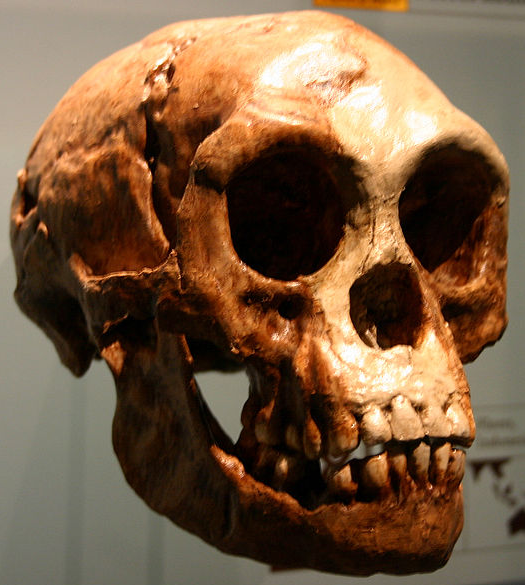Professor Mike Morwood, the New Zealand-born archaeologist who became world famous for helping discover the extinct Homo species Homo floresiensis (Flores Hobbit) has died in Australia.

Professor Morwood completed his MA in archaeology at the University of Auckland in 1973 before departing for Australia where he had a long and distinguished career as an archaeologist, topped off by the the Flores Hobbit discovery.
Professor Morwood was back in New Zealand in November, giving lectures on Homo floresiensis, close relatives of modern humans.
Obituaries have run in outlets around the world including: the Telegraph and Australian Geographic.
The following reflections came from friends and associates of Prof Morwood in the archaeological field.
Assoc. Professor Brent Alloway, Victoria University of Wellington, worked with Prof. Morwood in Flores. Dr Alloway comments:
“Mike Morwood was a truly modest and inspirational man of genuine humility and mana (integrity). An expert in Aboriginal rock art, he is perhaps better known around the world for his discovery of Homo floresiensis in 2004 with a team of Australian & Indonesian researchers.
“This discovery of a new human species on the Island of Flores has subsequently contributed so much to our collective (societal) knowledge of our evolutionary past, changed the very essence of how we see ourselves, and our wider relationship to the environment. Certainly the discovery of Homo floresiensis was one of the most astonishing discoveries of the last decade and on the very door-step of Australia, New Zealand and Oceania.
“Mike through his research has widened our appreciation of the peculiarities associated with human evolution and dispersion, just how our evolutionary ancestors had the capacity to successfully navigate very formidable landscape obstacles while dispersing through SE Asia. Mike nurtured and inspired many younger scientists in his wake (I’m very fortunate enough to be one of those). Mike was particularly good at brushing off the sometimes spiteful controversy that initially surrounded the discovery of the Homo floresiensis.
“Mike was dedicated to supporting aspiring Indonesian archaeological students who one day would become research leaders in their own right. Mike was also particularly committed to ensure that research information was disseminated to the Indonesian public – right down to the local villager … so every one had a good sense of their history and of those people in Flores who had passed long before them.
“Mike will be sadly missed but his legacy will continue long into the future.”
Our colleagues at the Australian SMC rounded up some commentary from Australian scientists.
Professor Alistair Paterson is Head of the School of Social Science, University of Western Australia comments:
“Mike Morwood was an exceptional archaeologist and researcher, a generous expert in rock art, human evolution, and Australian archaeology. In the areas he chose to focus he was inevitably a ‘game changer’, one of a rare group of Australian researchers who made an extraordinary contribution to their field. He will be missed at the University of Western Australia, where he made contributions to rock art and Kimberley archaeology in particular.”

———–
Winthrop Professor Peter Veth is Kimberley Foundation Ian Potter Chair in Rock Art, Centre for Rock Art Research and Management, University of Western Australia, comments:
“Mike Morwood placed Australian rock art in archaeological and cultural contexts via new and theoretically inspired ways – as few others have. He was consummate scholar; a brilliant thinker; he produced radical and new ways of knowing about Australian, SE Asian and indeed global archaeology”.